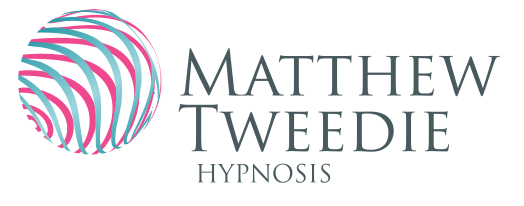The acupuncture point ST 32, known as 伏兔 (Futu) in pinyin, translates to "Crouching Rabbit" in English. It is situated On the anterior aspect of the thigh, 6 cun above the patella, along the line connecting the ASIS and the lower lateral border of the patella.
Read moreST29
The acupuncture point ST 29, known as 归来 (Guilai) in pinyin and "Return" in English, is located 2 cun lateral to the anterior median line (AML) level with CV 3.
Read moreSP13
The acupuncture point "SP 13," known as "府舍" in Chinese and "Fushe" in pinyin, translates to "Bowel Abode" in English. It is located 0.7 cun laterosuperior to SP 12. It also 4 cun lateral to the anterior midline, which is found between CV 2 and CV 3.
Read moreSP10
SP 10, known in Chinese as Xuehai (Sea of Blood), is located on the thigh’s medial aspect. To find it, flex the knee and measure 2 cun above the border of the mediosuperior of the patella, on the bulge of the medial portion of the quadriceps femoris muscle.
Read moreSI18
The acupuncture point known as "SI 18," also referred to as "Quanliao" or "Cheek Bone Crevice," is located directly below the outer canthus of the eye, within a depression on the lower border of the zygomatic bone.
Read moreLU10
The acupuncture point known as "LU 10," translates to "Yu Ji" in pinyin and "Fish Border" in English. It is positioned at the midpoint on the palmar aspect of the thumb, specifically in the crease behind the thenar eminence at the transition between red and white skin.
Read moreLI7
LI7 is called Wenliu in Chinese and it means Warm Flow. This is located at the area of the forearm’s dorsal radial side when the elbow is flexed.
Read moreK18
K18 is positioned on the upper abdomen, 3 cun above the center of the umbilicus, and 0.5 cun lateral to the anterior midline.
Read moreH1
The acupoint known as "HT 1," or "Ji Quan" in pinyin. Also, this is referred to as the "Highest Spring" in English. This acupuncture point is situated at the center of the axilla. It is on the radial side of the axillary artery.
Read moreBL67
BL 67 (UB 67), known as "Zhi Yin" in pinyin or "Reaching Yin" in English, holds a special place in the realm of traditional Chinese medicine. Located at a precise anatomical location, this acupuncture point offers a multitude of clinical applications.
Read moreT10
T 10
Thoracic Vertebra 10
The acupuncture point known as "EX Huatuojiaji at T10," referred to as 華佗夾脊 in Chinese and "Sides of Spine at T10" in English, is a significant point in acupuncture therapy. It is situated 0.5 cun lateral to the lower border of the spinous processes of T10.
Clinical Applications: This acupuncture point, EX Huatuojiaji at T10, has various clinical applications and can be considered for influencing the following issues and symptoms:
T10 (Left) Innervation: It influences the gall bladder and can be used for conditions such as gallstones, high cholesterol, and various digestive issues.
T10 (Right) Innervation: It affects the bile duct and is employed for gallbladder and bile duct-related issues.
Utilized in Healing Systems: EX Huatuojiaji at T10 is extensively utilized within the Tam Healing System and Tong Ren Therapy. It can be needled and incorporated into tuina and/or tonren therapy.
TCM Diagnostic Pattern: While a single acupuncture point is typically not considered an empirical way to address a Traditional Chinese Medicine (TCM) diagnostic pattern, EX Huatuojiaji at T10 is a strong candidate for inclusion in an acupuncture treatment protocol, especially for patients exhibiting symptoms associated with Liver and Gallbladder Damp Heat.
Potential Conditions Addressed: EX Huatuojiaji at T10, when integrated into a well-designed acupuncture treatment plan, has the potential to influence conditions such as Chronic Cholecystitis, Gallstones (Cholelithiasis), and Hyperlipidemia.
Tianjing has other indications, including:
Migraine
Scrofula
Deafness
Epilepsy
Functions: This point serves various functions in TCM:
Resolving Phlegm and Dampness: It helps eliminate dampness and phlegm from the body.
Dispelling Nodules: Tianjing is known for its ability to disperse nodules or masses.
Activating the Meridian: It promotes the free flow of Qi along the meridian.
Alleviating Pain: Tianjing can be used to relieve pain.
Important to note, He-Sea points, including Tianjing, serve as pivotal locations where the Qi of the meridian gathers and delves deeply into the body's internal pathways. These particular points are frequently harnessed to address health conditions associated with rebellious Qi and gastrointestinal distress, commonly including symptoms such as diarrhea.












